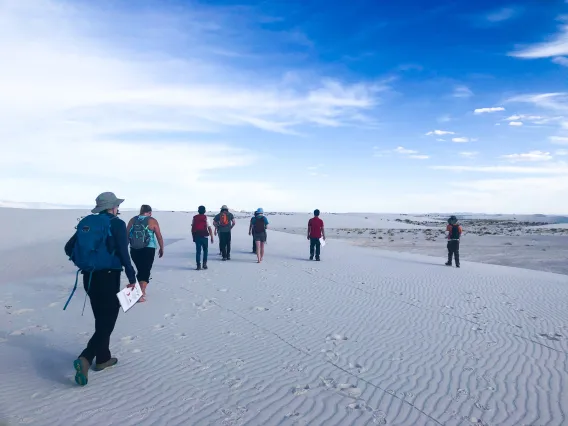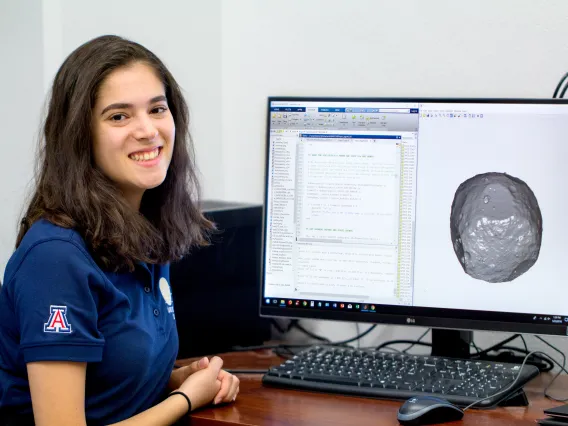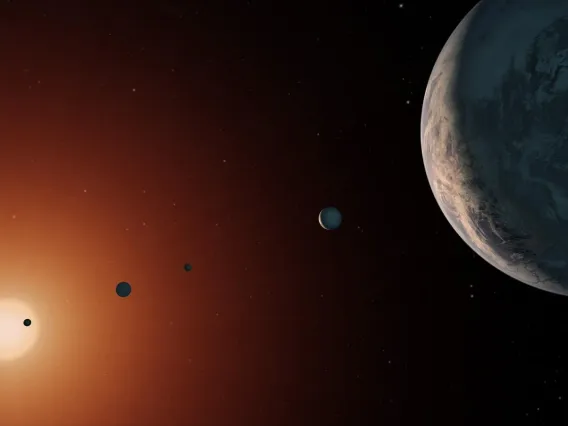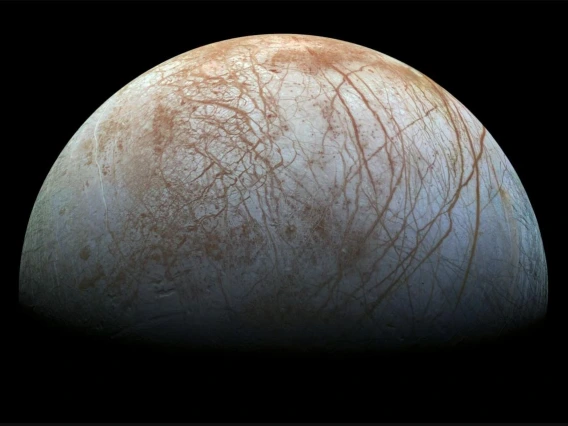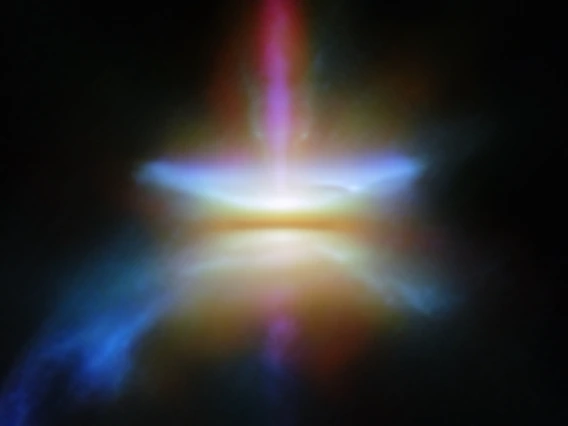Pause Video
Play Video
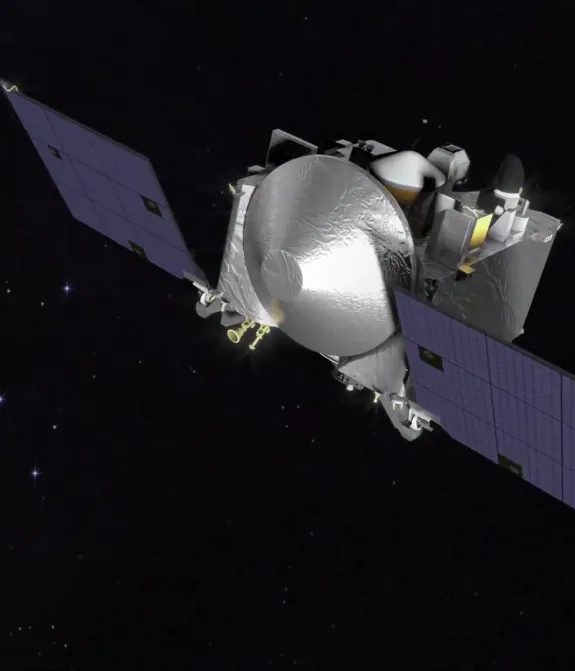
Explore Planetary and
Solar Systems Science at LPL
Welcome to the Lunar and Planetary Laboratory
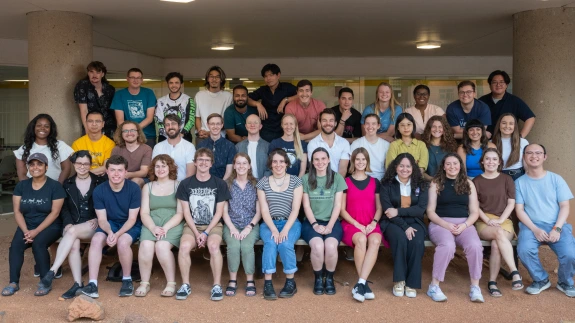
Academic Programs at LPL
Interdisciplinary coursework, access to world-class instruments and laboratories, and diverse research opportunities.
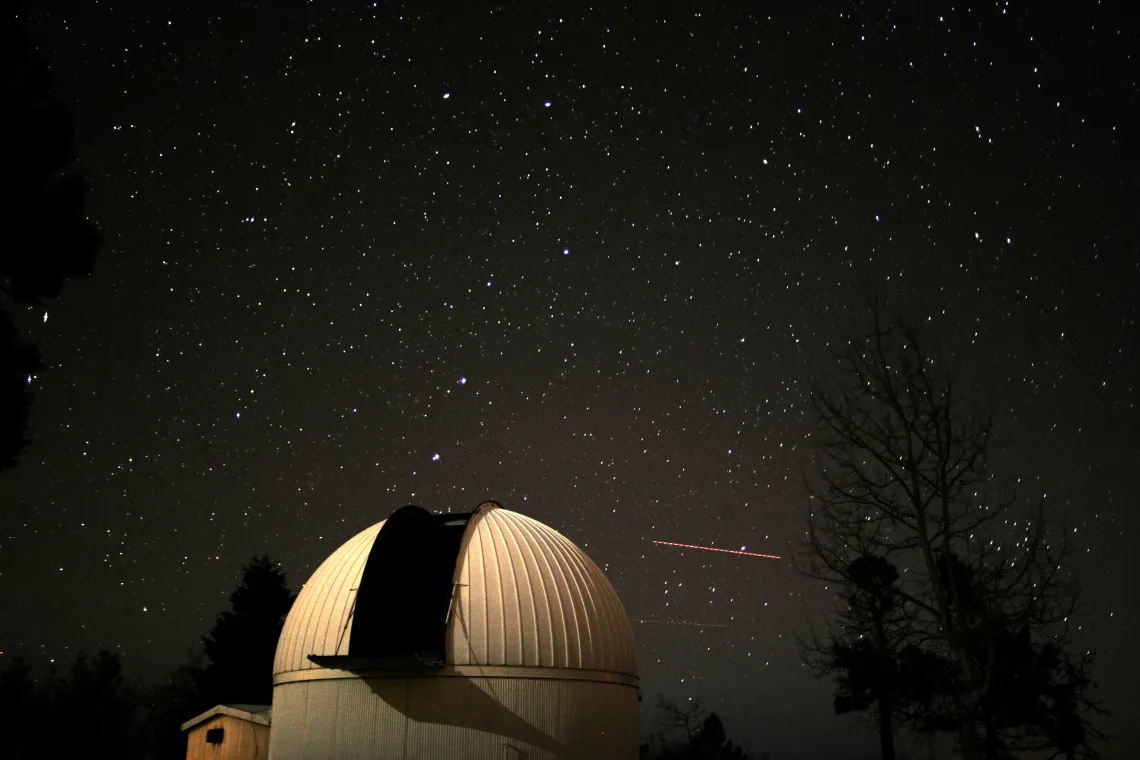
Research Focus Areas
Pursuing interdisciplinary research spanning the breadth and depth of planetary science.
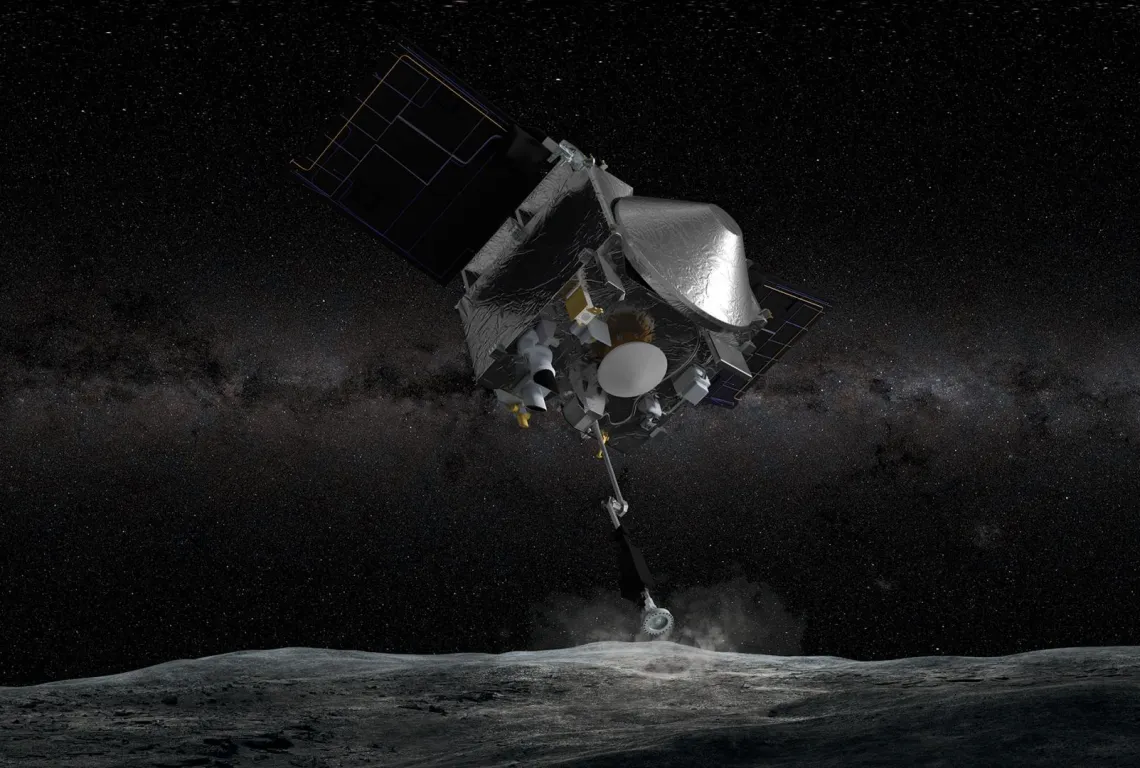
Spacecraft Missions and Instrumentation
Exploring the Universe as investigators on spacecraft mission and instrumentation teams.
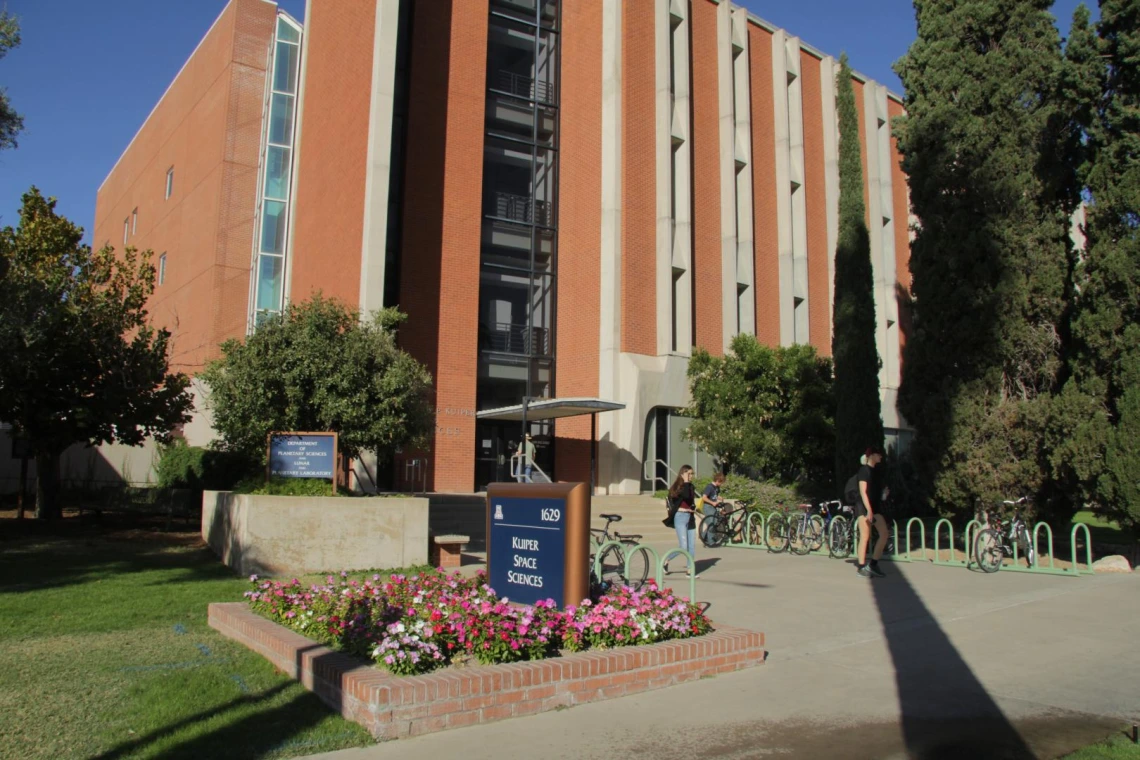
What's happening at LPL
The latest news and stories from the Lunar and Planetary Laboratory.
Image
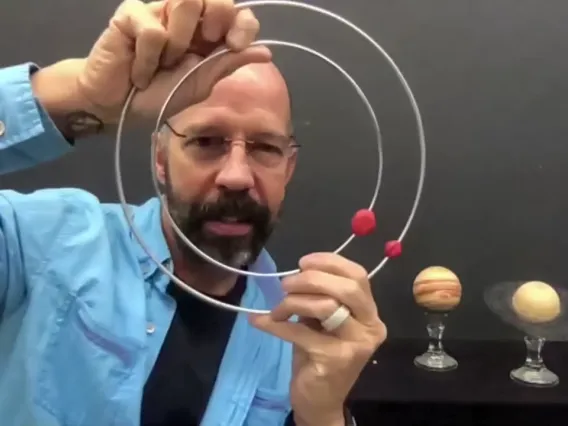
Public Education and Outreach
Faculty, staff, and students engage with diverse communities.
Join our mailing list to learn about upcoming events and activities.


